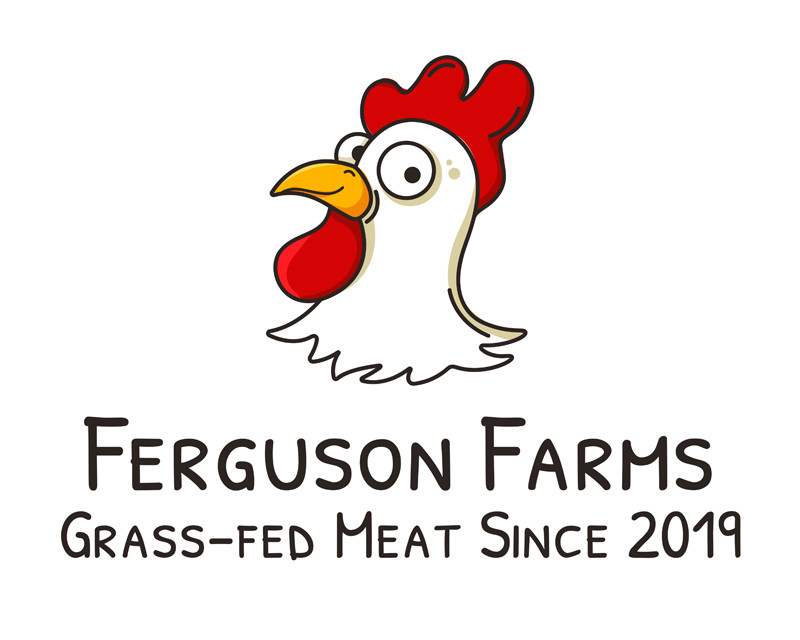How do I safely handle/dispose of dry ice?
posted on
September 17, 2021
Dry ice is added to every box to ensure that your product arrives at safe temperatures. It is not unusual for the dry-ice to be completely dissipated by the time the order arrives. Dry Ice is extremely cold at -109.3°F or -78.5°C and should always be handled with protective gloves to protect your skin, (an oven mitt or towel will also work). If touched briefly it is harmless, but prolonged contact with the skin can freeze cells and cause injury similar to a burn.
More safe handling tips:
• Dispose of dry ice by letting the unused portion dissipate in a well-ventilated area. Be sure that this is not left in a public area or where it can be accessed by children or pets.
• You should never dispose of dry ice in a sink, toilet, or other similar places. This can destroy the structure because of temperature differences.
• Do not place dry ice on a tiled or solid surface countertop as again the extreme cold may cause damage.
• Do not dispose of trash or garbage.




